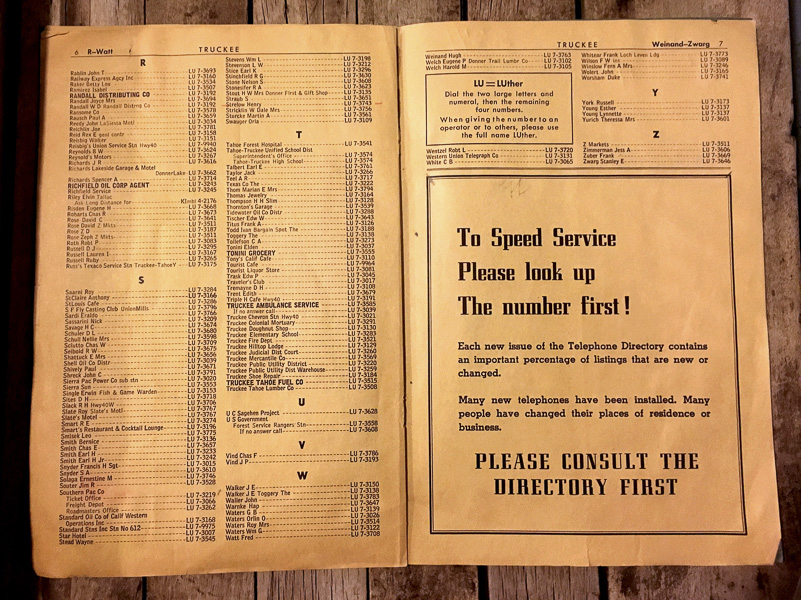What Are The Different Parts of a Phone Number Called?
Do you know what the different parts of a phone number are called? Understanding this can help when you are trying to dial a number or when someone is trying to reach you. In this blog post, we will discuss the anatomy of a phone number and what each part means. Stay tuned for more information!
The area code is the first three digits of a phone number and it identifies the geographical region
where the phone number is registered. The next three digits are the exchange code which identifies the telephone company that owns the phone line. The last four digits are the subscriber or line number and they identify a specific phone line within the exchange. The area code is the first three digits of a phone number and it identifies the geographical region where the phone number is registered. The next three digits are the exchange code which identifies the telephone company that owns the phone line. The last four digits are the subscriber or line number and they identify a specific phone line within the exchange. Most phone numbers in North America have 10 digits, including the area code, exchange code.
The exchange is the next three digits and it identifies a specific telephone exchange in the area code
The exchange is followed by the four-digit station code, which identifies a specific telephone within the exchange. The first three digits of a ten-digit phone number are known as the area code. Area codes are used to route calls to a specific geographic region. In the United States, Canada and many other countries, area codes are assigned by city or region. The next three digits after the area code are known as the exchange. The exchange is used to route calls to a specific telephone exchange in the area code. The exchange is followed by the four-digit station code, which identifies a specific telephone within the exchange. The final four digits of a ten-digit phone number are known as the subscriber number. The subscriber number is used to route calls to a specific telephone line. The subscriber number is usually assigned by the phone service provider.
The last four digits are the subscriber’s number
And are unique to each individual subscriber. The next three digits are the central office code or exchange code, which is a code that corresponds to a particular telephone switching center. The first three digits are the area code, and the first digit of the area code is always one of these: 2: Used for former N11 services (such as information and directory assistance) 3: Used for other services (such as long distance dialing) 4: Used for special services ( such as toll-free numbers) 5: Used for personal communications services 6: Used for pagers and voice mail services 7: Used for data and facsimile transmission services 8: Used for cellular telephone services 9: Used for new services (such as wide area paging)

